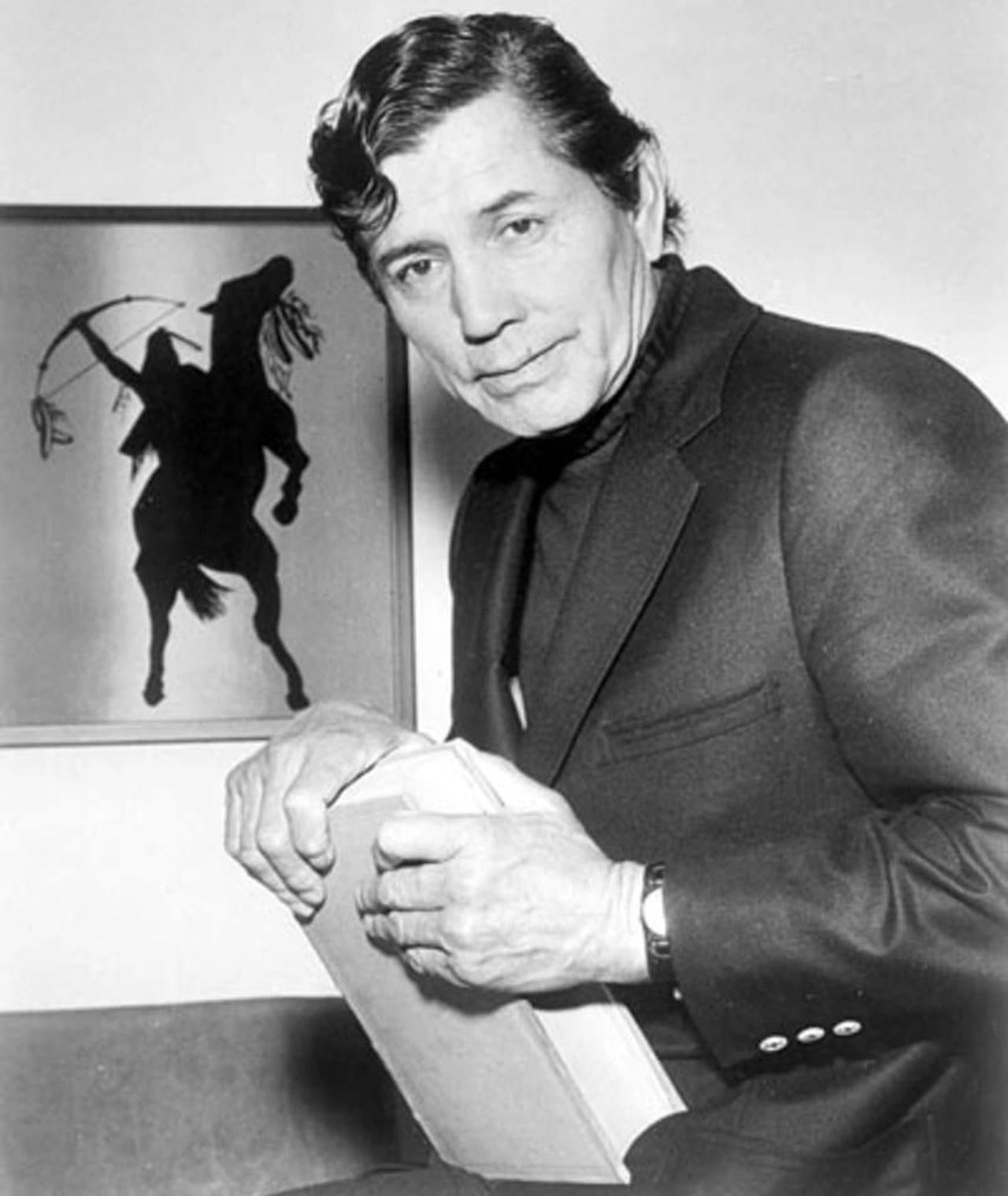Let’s delve into the fascinating life of Jay Silverheels Jr., the son of the celebrated “Tonto” actor. He, too, ventured into Hollywood but remained firmly rooted in his rich family legacy. Join us as we retrace his steps, from his upbringing to his moments in the spotlight, uncovering how his family’s story intertwines with his own.
Jay Silverheels Jr.: Stepping Out of the Saddle
Most recognize the name Jay Silverheels as the steadfast Tonto, faithful companion to the Lone Ranger. But did you know his son, Jay Silverheels Jr., also dabbled in acting? It’s true! While he appeared in the 1972 film “Kid Power,” Jay Jr.’s story extends beyond the allure of Hollywood.
Imagine growing up with a famous father—it probably came with a unique set of experiences. Jay Jr. navigated the world as the son of an icon while embracing his Mohawk and Seneca heritage. He also witnessed firsthand the challenges his father faced as a Native American man in the entertainment industry.
Information about Jay Jr.’s life after his acting days is limited. However, given his background, it’s plausible that his connection to his roots influenced his path. Whether he engaged in advocacy, worked within his community, or pursued personal passions, it’s likely he carried his father’s legacy forward in his own unique way.
Was Tonto Really Played by a Native American?
Absolutely! Jay Silverheels, the actor who brought Tonto to life in “The Lone Ranger,” wasn’t just playing a role—he was Native American. Born on the Six Nations of the Grand River Reserve in Ontario, Canada, Silverheels was a proud Mohawk-Seneca man. He wasn’t afraid to leverage his heritage to shape his portrayal of Tonto, pushing back against the tired stereotypes Hollywood often relied on.
Silverheels wasn’t just content with playing the part. Off-screen, he emerged as a vocal advocate for more truthful and respectful portrayals of Native Americans in movies and TV shows. He helped pave the way for other Indigenous actors and filmmakers, leaving an undeniable impact on the industry.
It’s important to note that the term “Indian” is now widely considered outdated and offensive. It’s crucial to use respectful terminology like “Native American” or “Indigenous” when referring to the original inhabitants of North America.
The Meaning Behind the Name: Why Did Jay Silverheels Change His Name?
Jay Silverheels, originally named Harold Jay Smith, became a renowned actor who left a lasting impression on Hollywood. While his birth name might be less familiar, his chosen stage name, “Jay Silverheels,” became synonymous with one of the most iconic characters in television history—Tonto. So, what prompted this change? And what does it reveal about the man behind the legendary role?
From Lacrosse Star to “Silverheels”:
The name “Silverheels” wasn’t chosen at random; it was a tribute to his phenomenal athletic talents. Before gracing the screen, he was a celebrated athlete on the lacrosse field. His speed and agility were so remarkable that he earned the nickname “Silverheels,” seemingly flying across the field and leaving his opponents in the dust.
When Silverheels transitioned from sports to acting, he adopted “Jay Silverheels” as his stage name, honoring his athletic prowess and the moniker that had already brought him recognition. This choice marked the beginning of his journey in the entertainment industry, a path that would lead him to become a household name.
A Deeper Meaning Emerges:
The story doesn’t end there. In 1971, Silverheels made a significant decision—he legally changed his name to Jay Silverheels. This was more than just a stage name; it was about claiming his identity and solidifying his connection to his Native American heritage, a heritage he deeply cherished.
Challenging Stereotypes, Championing Authenticity:
Silverheels’ most famous role as Tonto in “The Lone Ranger” carried immense cultural weight. At a time when Native American representation in media was often stereotypical and inaccurate, his portrayal was groundbreaking. He infused the role with a level of dignity, respect, and authenticity, challenging prevailing narratives and paving the way for more accurate and respectful representations of Native Americans in the entertainment industry.
Beyond the Silver Screen: A Legacy of Advocacy:
Jay Silverheels’ legacy extends far beyond his acting career. He used his platform to advocate for social justice and better treatment of Native Americans. His life story is a testament to his talent, resilience, and unwavering commitment to representing his culture with authenticity and pride. By reclaiming his name and portraying Tonto with dignity, he challenged stereotypes, broke down barriers, and inspired generations to come.
Is Steve Silverheels Related to Jay Silverheels?
Remember how Jay Silverheels was famous for playing Tonto alongside the Lone Ranger? Well, some wonder about his family life, especially if any of his children followed in his acting footsteps. It turns out there’s Steve Silverheels, also involved in show business, but taking a different approach than his dad. So, are they related?
Yes, they are! Steve is Jay’s son. However, instead of pursuing the bright lights of Hollywood, he carved a different path, becoming a spiritual leader and dedicating his life to preserving and celebrating their Native American heritage.
It’s fascinating to see how the Silverheels family made their mark in two distinct worlds — entertainment and cultural leadership. Jay Silverheels wasn’t just Tonto; he was a Mohawk-Seneca actor who actively challenged how Hollywood portrayed Native Americans. Steve carries on that legacy of representing their heritage, but in his own unique way. It just goes to show that even within families, there are countless ways to make a difference in the world.
Did you know that Kevin Sorbo’s net worth has skyrocketed thanks to his appearance on Broadway? Similarly, Marjorie Reynolds achieved great success through her career as an actress.
Jay Silverheels Jr.: Unveiling the Legacy
While Jay Silverheels Jr. might not share the widespread fame of his father, his story is no less intriguing. Born in Los Angeles, California, on May 15, 1961, Jay Anthony Silverheels Jr. is one of six children born to the legendary actor.
Growing up as the son of “Tonto” undoubtedly shaped his early experiences. He was exposed to the glitz and glamour of Hollywood but also witnessed the complexities of his father’s career as a Native American man navigating a predominantly white industry.
Jay Silverheels Jr.’s foray into acting appears to be limited to his role in the 1972 film “Kid Power.” The reasons behind his limited filmography remain unclear. Further research into “Kid Power” and potential industry connections from that time could provide valuable insights.
Information about Jay Silverheels Jr.’s life after his brief acting stint is scarce. It would be fascinating to discover if he pursued other careers, explored his passions, or became involved in Native American advocacy. His unique perspective, as the son of a prominent figure who navigated the challenges and triumphs of representing his culture on screen, could offer invaluable insights.
The story of Jay Silverheels Jr. is deeply intertwined with his father’s legacy. While his father broke down barriers as a Native American actor, he also faced typecasting and stereotypical portrayals. Understanding how Jay Silverheels Jr. views his father’s legacy and the evolution of Native American representation in media would provide a richer understanding of his own journey.
The limited information available about Jay Silverheels Jr. presents a unique opportunity for deeper exploration. Uncovering his perspective on his father’s influence, his own connection to his Native American heritage, and any potential contributions he might have made through activism or community involvement could paint a more complete picture of his life and legacy.
- SYBAU See You Baby Meaning: Gen Z Slang Evolves - July 1, 2025
- Unlock Your Inner Youth: Lifestyle Secrets for a Vibrant Life - July 1, 2025
- Decode SYBAU Meaning: Gen Z Slang Explained - July 1, 2025






